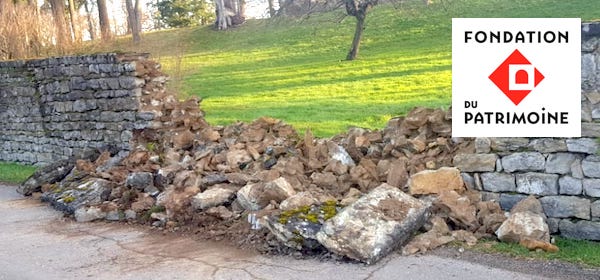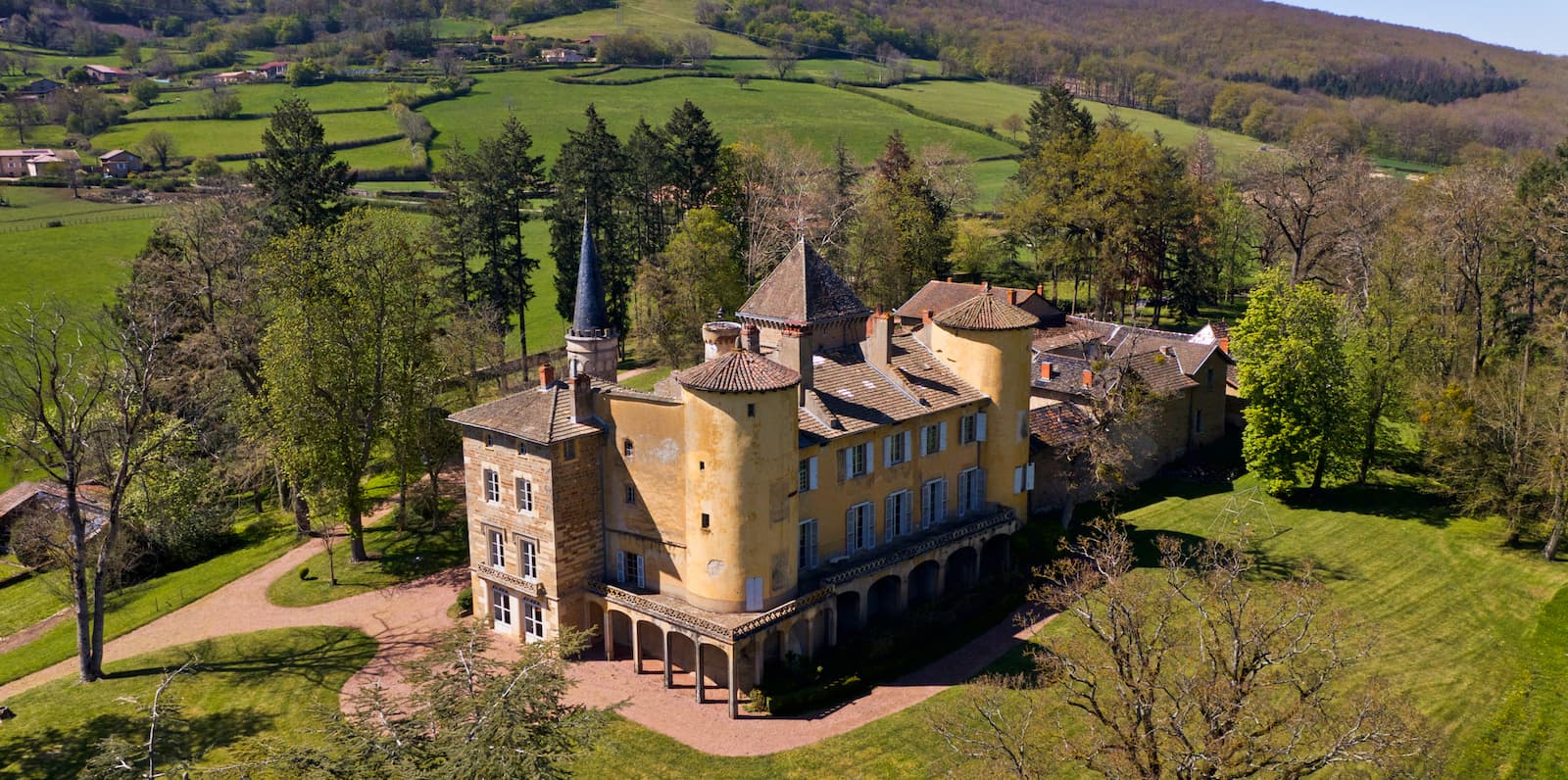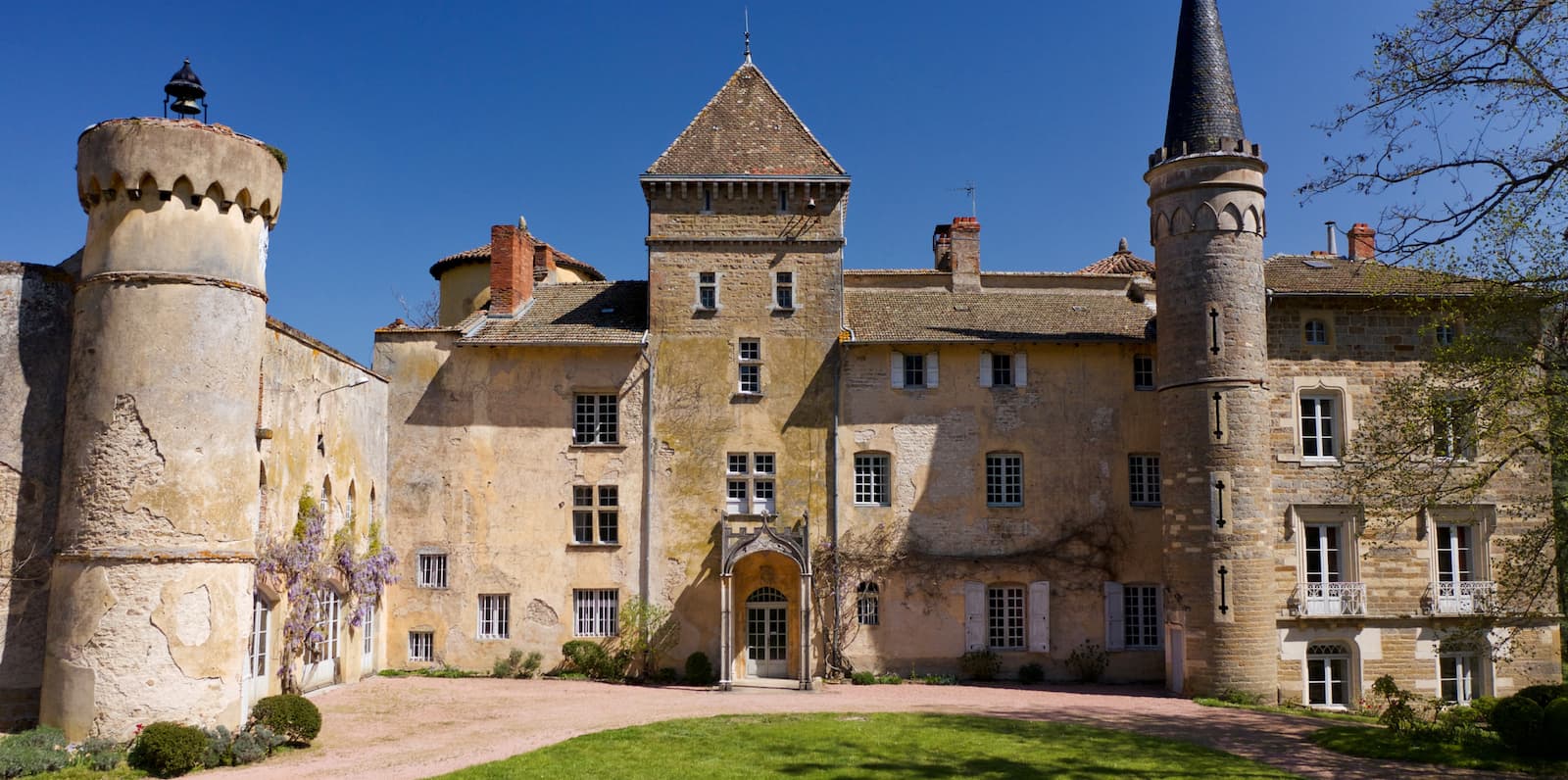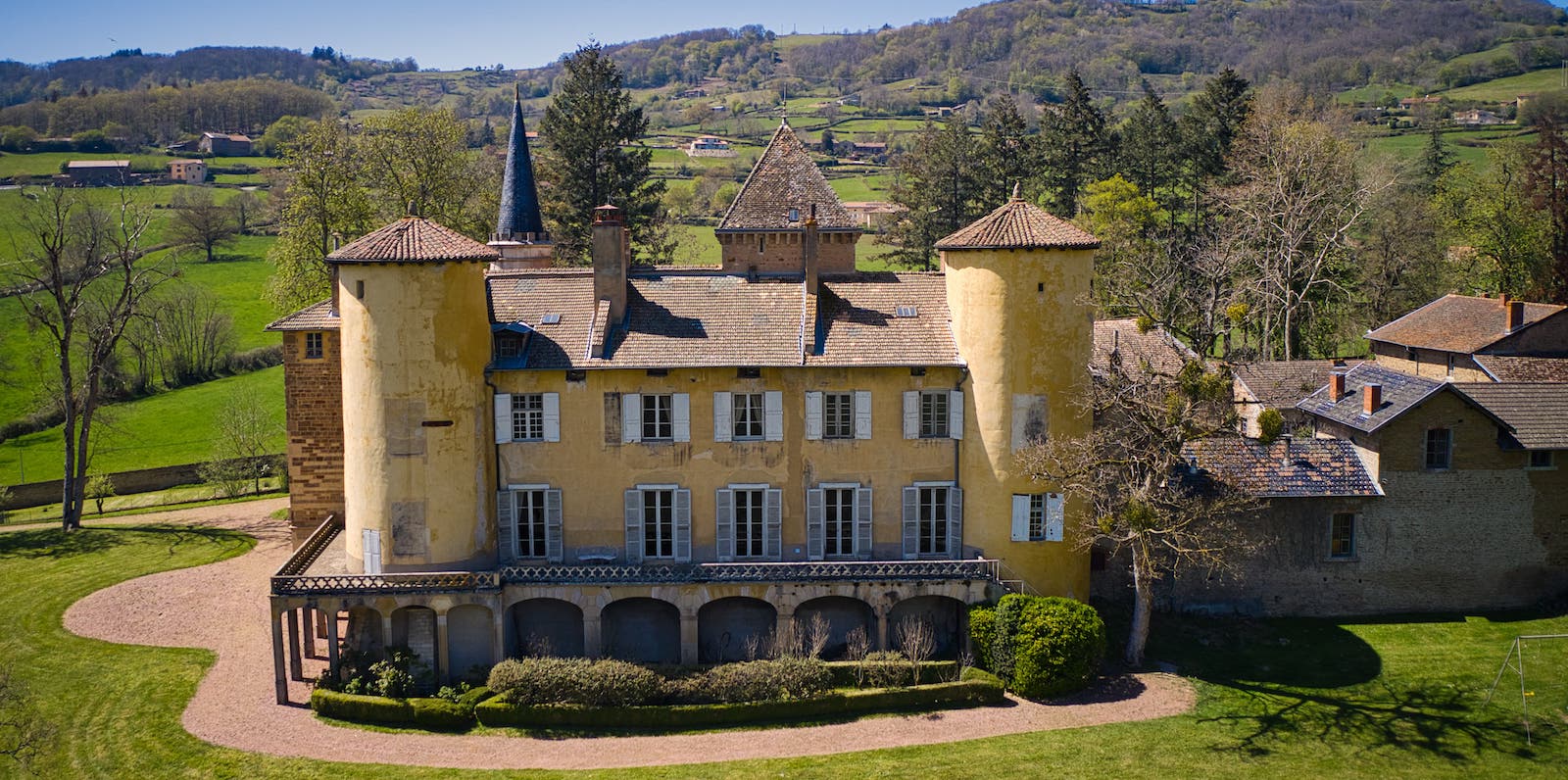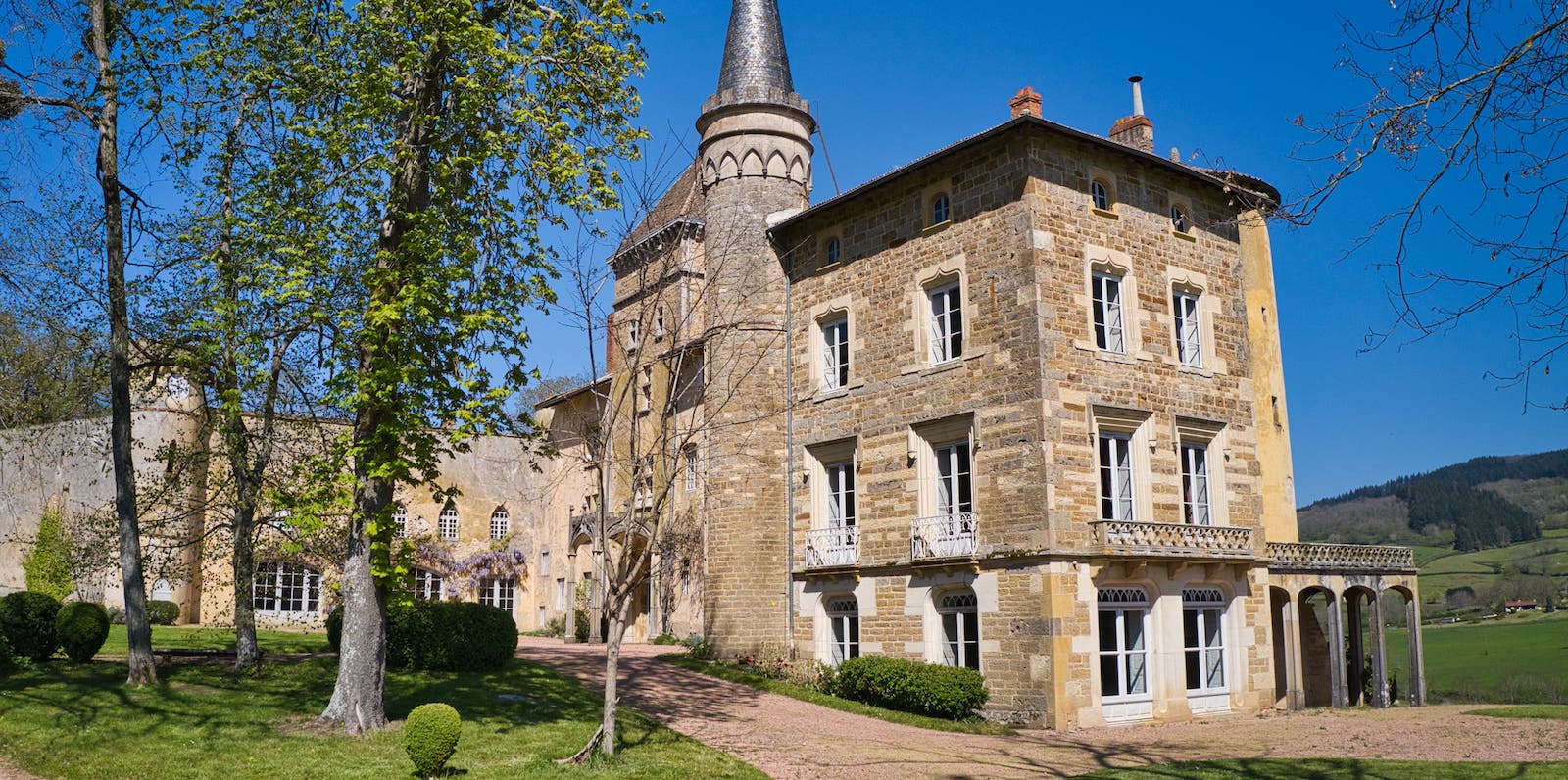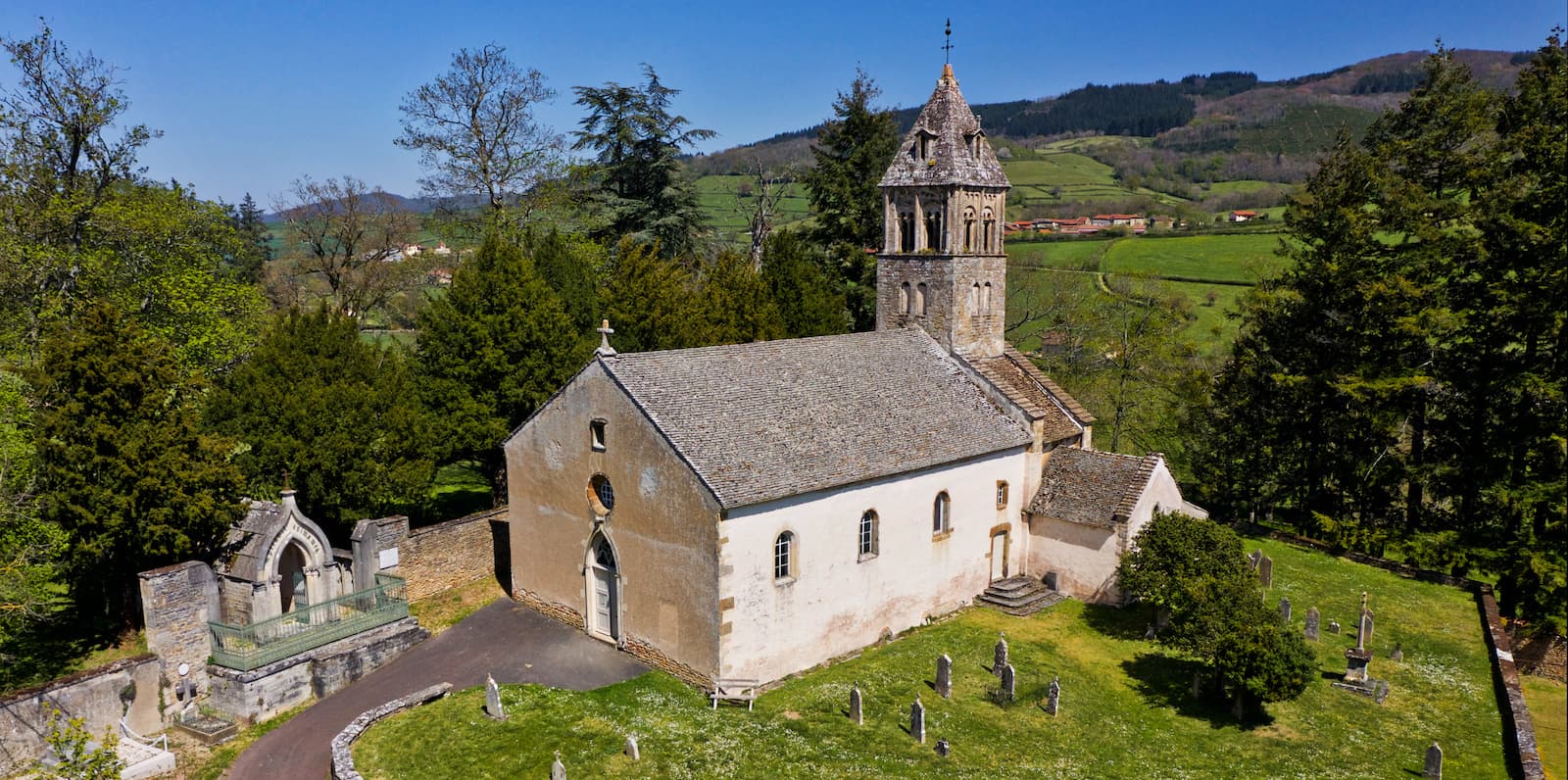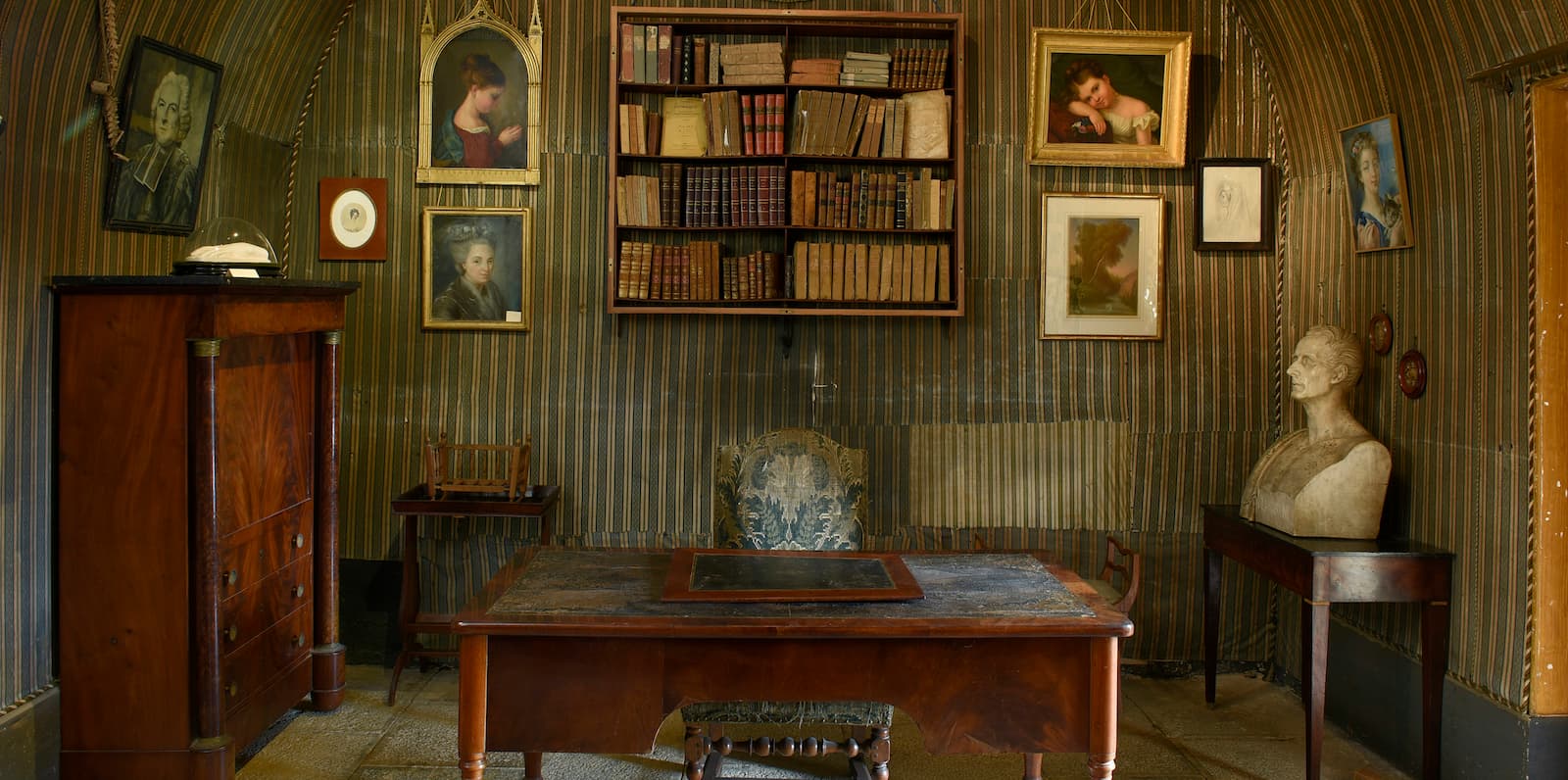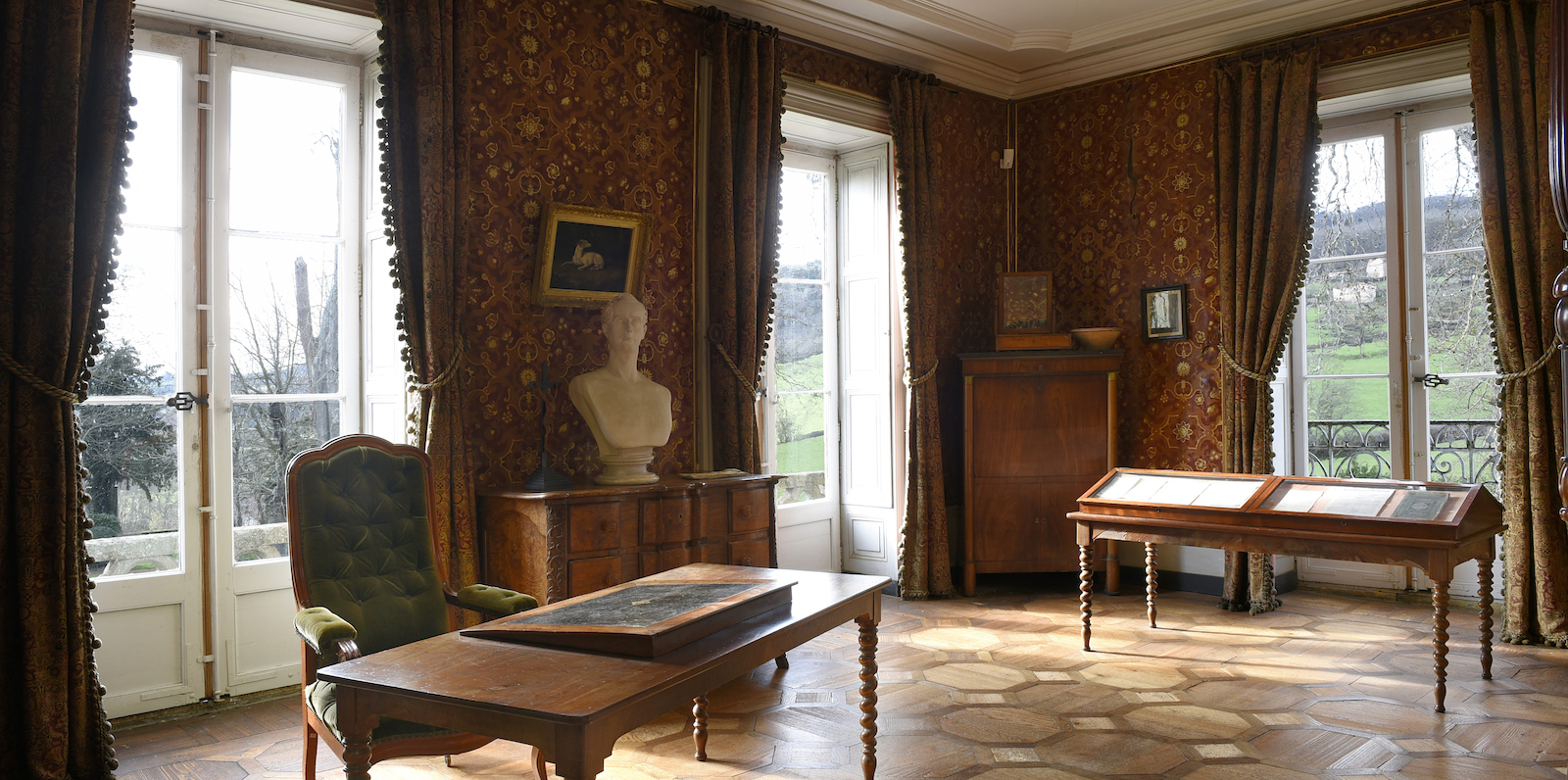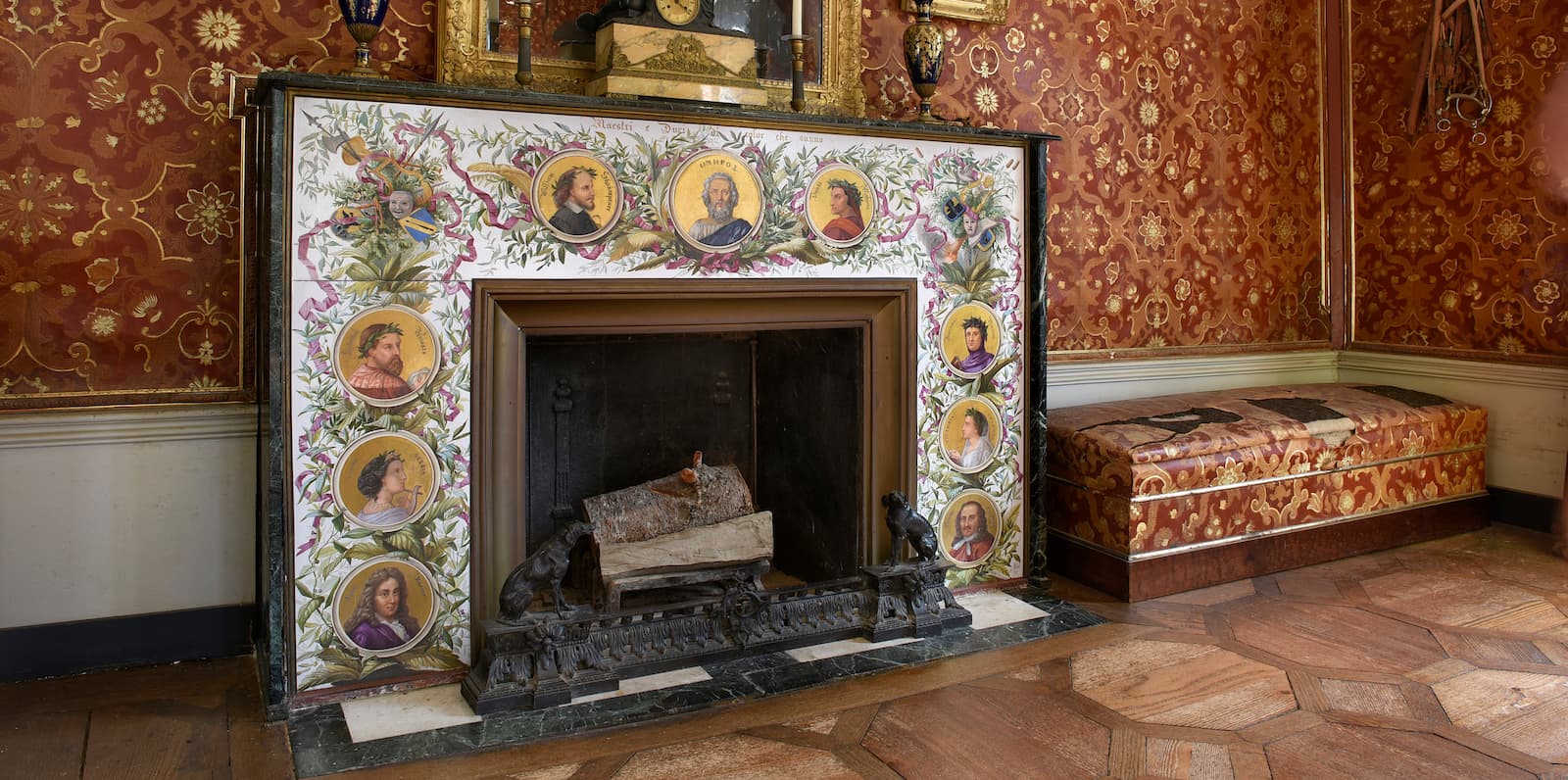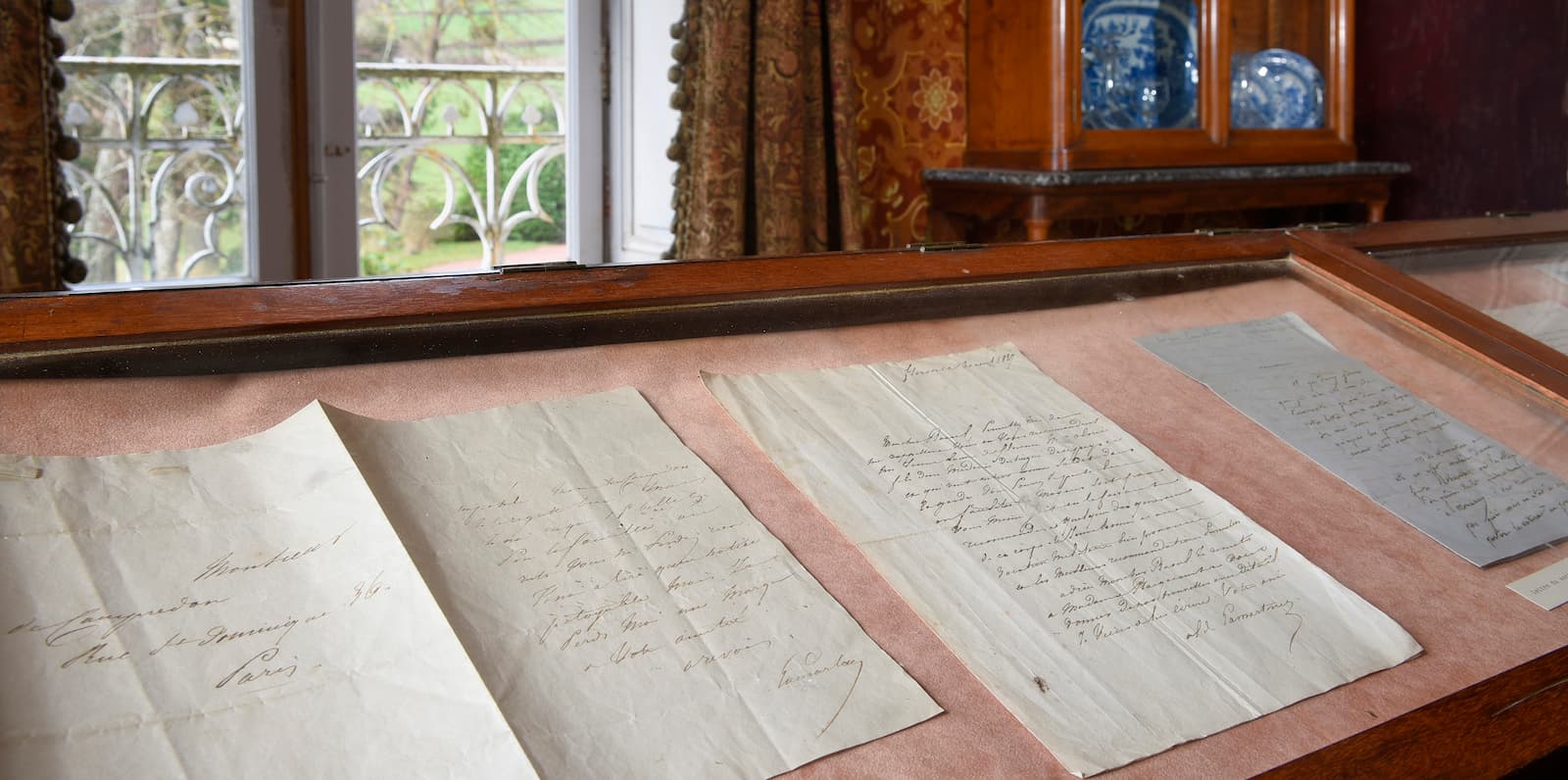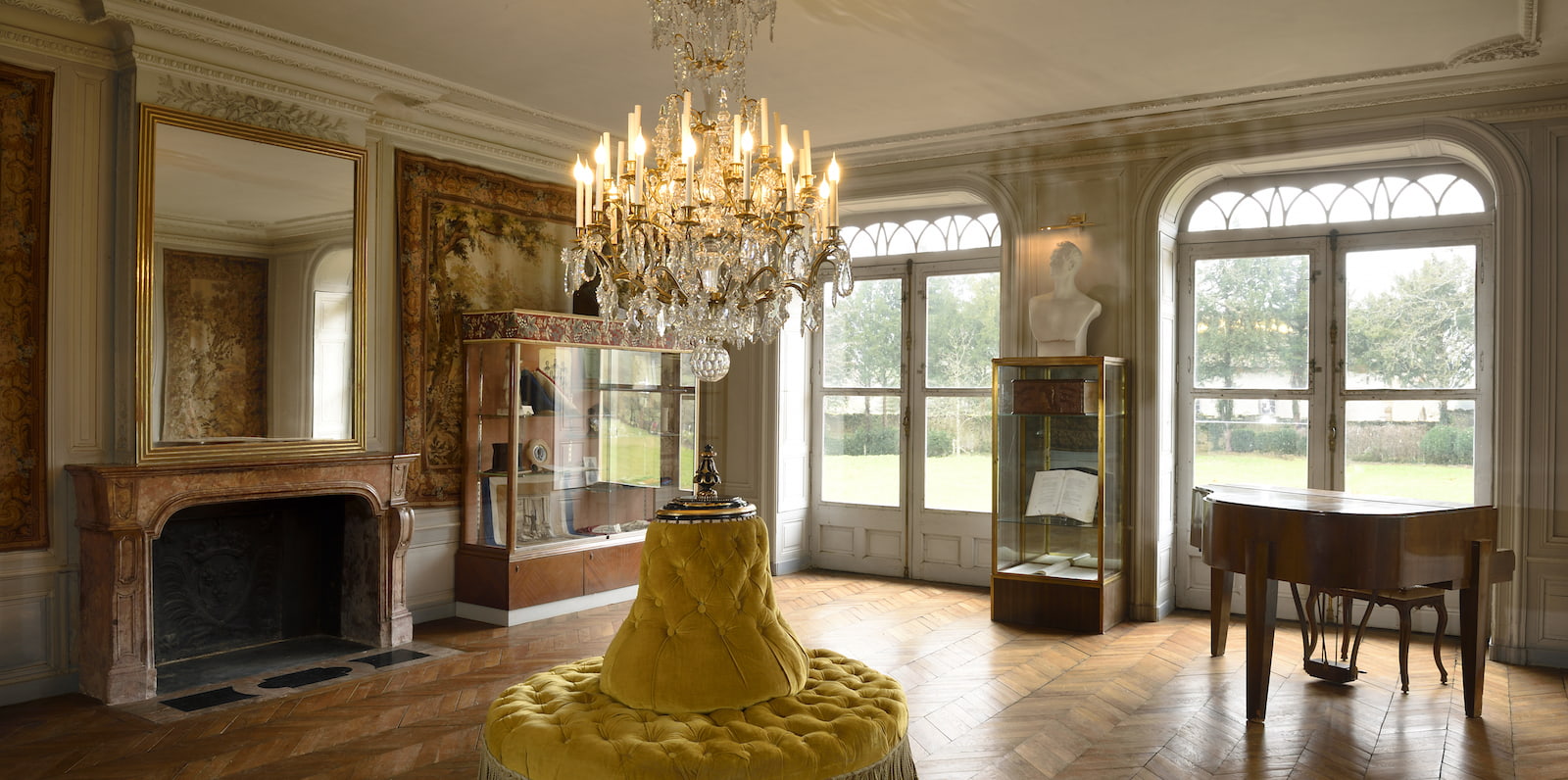Saint-Point, a romantic castle in Burgundy
Opening of the castle from 20 April to 27 September, 2025
To find out about our opening days and times and to book your visit
The castle remains open all year round for groups, by reservation.
For more information, please contact
Alphonse de Lamartine
Alphonse de Lamartine (1790-1869) was a poet, writer and politician. He was one of the major figures of French romanticism.
After spending his childhood in Milly and studying in Belley, Lamartine was sent to Italy where he discovered Florence, Roma and Napoli. He then asserted his literary vocation: the Méditations poétiques, a collection of twenty four poems were immensely successful in 1820.
In 1830, he was elected at the Académie Française. Embassy attaché in Napoli, then deputy of the North region in France, departmental councillor for Mâcon and Minister for Foreign Affairas, he became the chief of the 1848 Provisional government but failed at the presidential election.
During his political career, he contributed to the second abolition of slavery in France.
The castle of Saint-Point
Saint-Point, castle inhabited from the 12th to the 15th century was bought by the chevalier de Pratz, Alphonse de Lamartine’s father, while it was in state of abandon in 1801. It became the poet’s family home.
Alphonse de Lamartine inherited the castle in advance at the occasion of his marriage with an English aristocrat, Marry-Ann Birch.
Influenced by his British wife, he restored the castle in the “gothic revival” style, turning Saint-Point into a romantic castle, adorned with neo-Gothic towers, balcony and portico, enlarged and decorated with trompe l’oeil frescoes. He also created an orangery complete with a tower known as the “Clock Tower” in 1827. Finally, in 1853, he had a south pavilion built, with a staircase turret in which his bedroom was located.
Marianne de Lamartine created a number of decorations, including the famous “poets’ fireplace”. Designed in Lamartine’s time, the castle’s grounds were also one of the first romantic parks in the Saône-et-Loire region.
The castle’s neogothic façade, Lamartine’s study and bedroom, listed as Monuments historiques (important sites of cultural heritage in France), have been preserved as they were when the poet passed away.
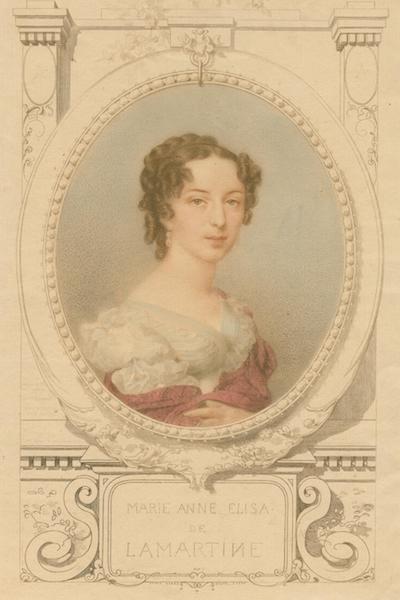
Marianne de Lamartine
English aristocrat and artist, Mary-Ann Birch, married Alphonse de Lamartine in 1820.
She would live with him in the castle of Saint-Point where the pictures she painted are conserved as well as her personal items, evoking her taste and talent.
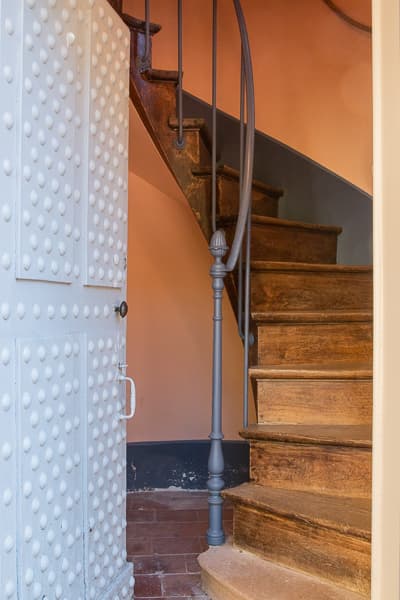
Visit of the castle
A visit at the castle of Saint-Point includes a tour of the kitchen, the 18th century dining room, Alphonse de Lamartine’s bedroom and study, his particular secretary’s office as well as the Lamartine museum.
Situated in the ground floor’s main room, it gathers personal items and memorabilia, preserved by his niece, Valentine de Cessiat.

